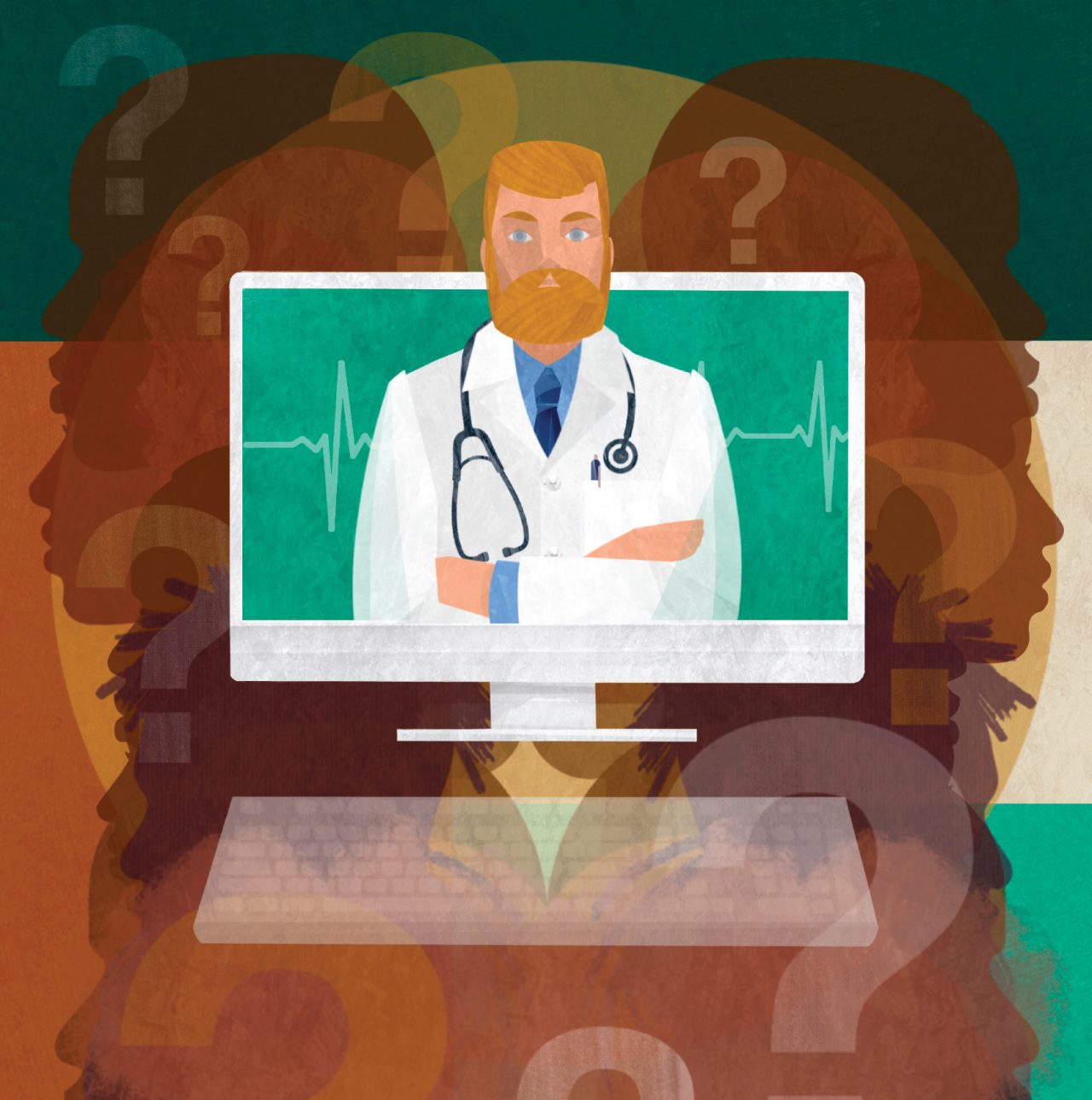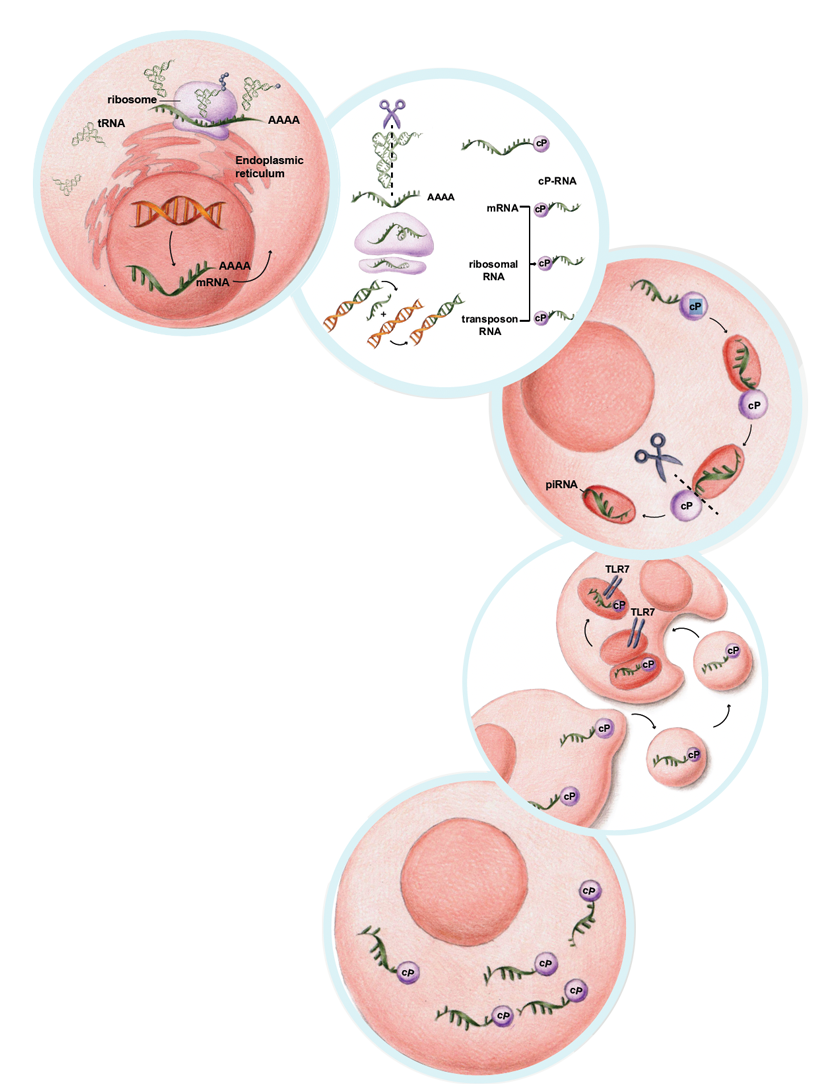On the computer screen, a 3D model of a heart rotates seemingly in mid-air, a carousel of colors and contours. Amidst the blue and purple waves that denote the heart’s powerful muscles sit a cluster of yellow dots. To anyone else, it looks like a meaningless blob. But to James Schwaber, PhD, and Raj Vadigepalli, PhD, it represents a culmination of nearly three decades of work, a long-awaited key to a world of unanswered questions.
Let’s rewind…
Thirty years ago, the scientific and medical communities were desperately trying to find answers for heart disease, which has been the single biggest killer in the United States since 1921. Attention turned to a massive and meandering network of nerves called the vagus nerve—it carries signals from the brain, the master organ of our body, to other organs, including the heart. Scientists found that when these signals weren’t sent properly, it could actually impair heart health and even lead to heart failure. When they poked the vagus nerve with an electrode to help jump start it, they found that an ailing heart could actually pump better! It was a thrilling finding. But there was a problem: the scientists didn’t know where the vagus nerves ended in the heart— was it a certain chamber, or a muscle, or an electrical node? Which of these connections could explain how the vagus nerve affects heart health?
Around the same time, the early 1990’s, researchers found that the heart had nerve cells or neurons that were akin to the ones that made up the brain. In other words, the heart had its very own nervous system that could function independently of the brain! Affectionately called “the little brain” of the heart, it became a point of fascination in the field—why does the heart need its own nervous system anyway? How does it help the heart function? It also became a potential target for the vagus nerve. Could a connection between the brain and the “little brain” be the key to restoring heart health?
Drs. Schwaber and Vadigepalli have been at the forefront of trying to answer these questions for the last 25 years, giving critical insight into the heart’s nervous system. In the last five years, serendipity brought them together with like-minded experts and advanced technology that allowed a major breakthrough: the first ever 3D map of the heart’s “little brain.” It is a map that gives an unprecedented look at not only how the neurons are organized in the heart—that undiscerning blob of yellow dots—but also their biological properties. For the first time, our researchers are able to appreciate the spatial and functional relevance of the heart’s neurons in keeping the organ healthy, giving us new clues about how to tackle the longstanding issue of heart disease.



